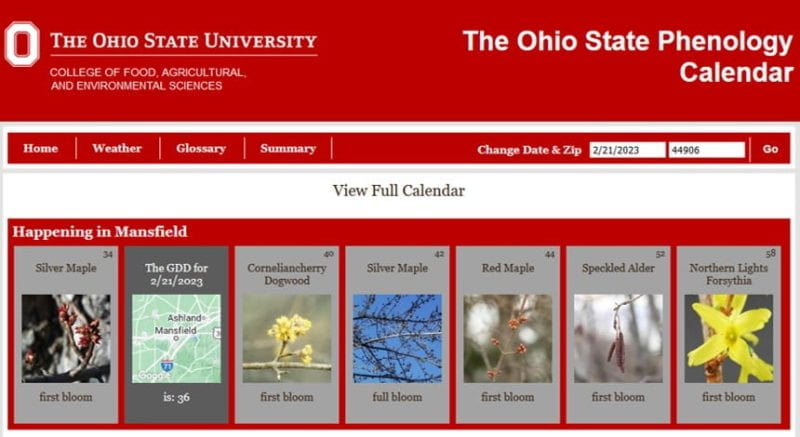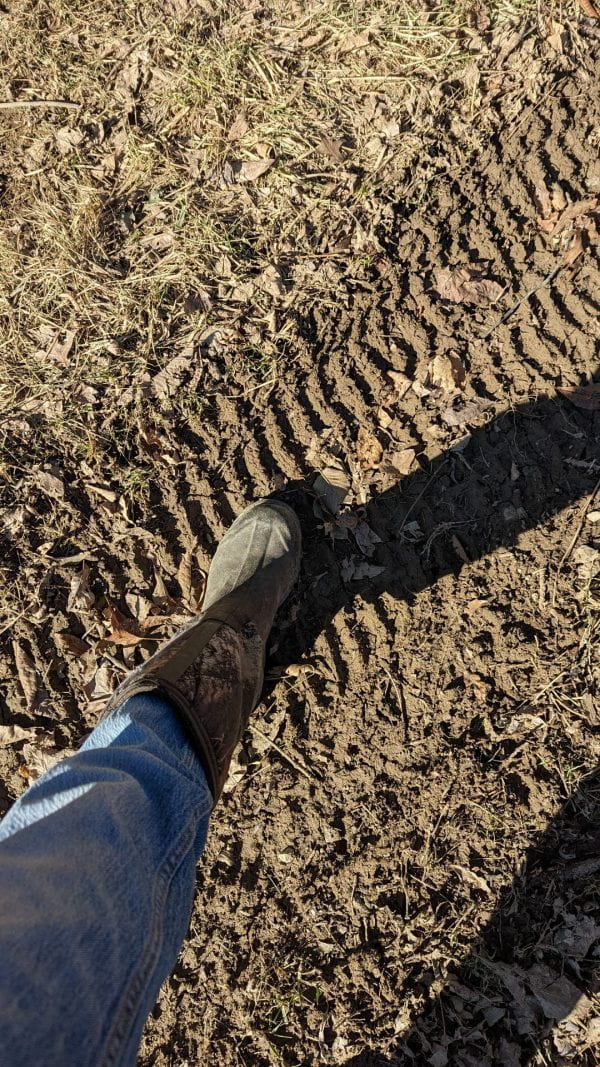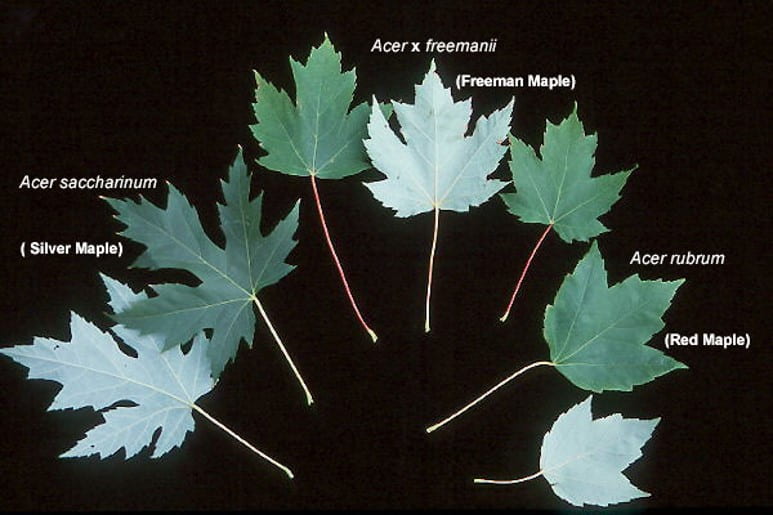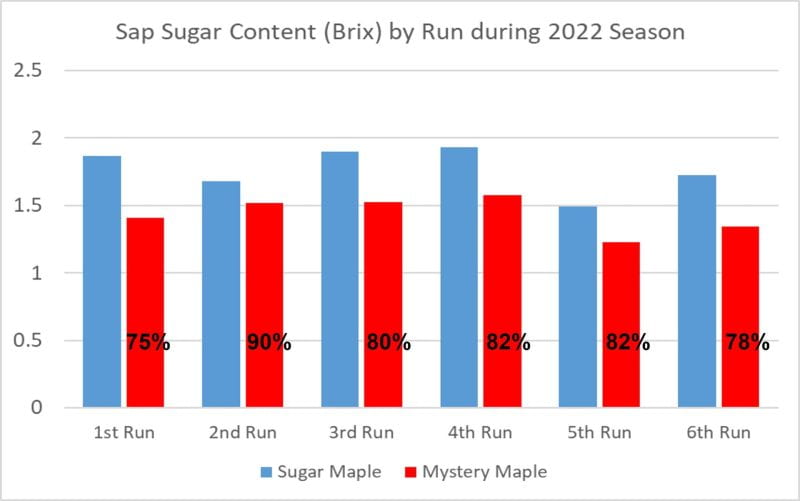Our 2023 maple season was yet another sub-par year subjected to early and frequent warm spells. 2023 marks the 3rd consecutive year that our first run of the season ended not because temperatures took a prolonged dive below freezing but because temperatures spiked into the upper 50’s or low 60’s. Three years in a row! Crappie fishing weather to end the first run of the season! Starting off a season with a warm temperature spike sets the table for sanitation issues, and those challenges were forefront to yet another Ohio maple season. For all practical purposes, our production season at the Ohio State Maple woods was over by March 1st.
Early tappers were rewarded this year making the most out of a tough season. A few producers up north are holding out for a final run or two before also switching to post-season tear down and cleaning duties. How the entire state fares is yet to be determined, but the individual producers I have spoken with are not ecstatic over the year’s production totals. The bottom line is that Ohio appears poised to enter, heck we might already be in, a new normal. Though spring is temporarily stalled with the current slight cool down, spring invaded winter like a unexpected marauding army. To get an idea of just how early 2023’s spring has been, check out the time-lapse map from the National Phenology Network.
Regardless of whether you are a producer up north with a few more days of boiling on your horizon or if the season is a memory at this point, be sure to check out Future Generations University’s webinar next Thursday evening. On March 16th at 7 PM, the Out of the Woods semianr series will focus on post-season sanitation. Mike Rechlin and Kate Fotos are going to share best practice guidelines on keeping your sugarhouse and your sugarbush spic and span headed into the off-season. You can watch the webinar on Youtube or get your own registration link through Zoom here.













